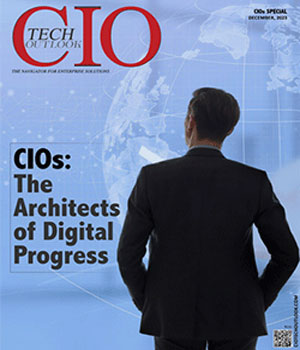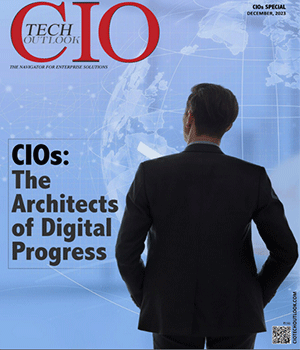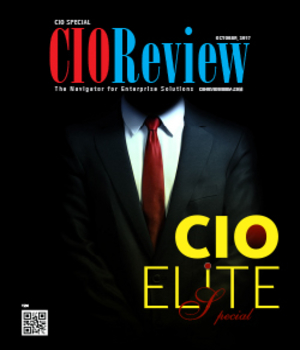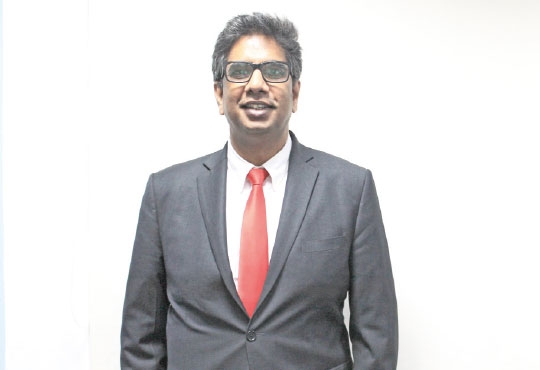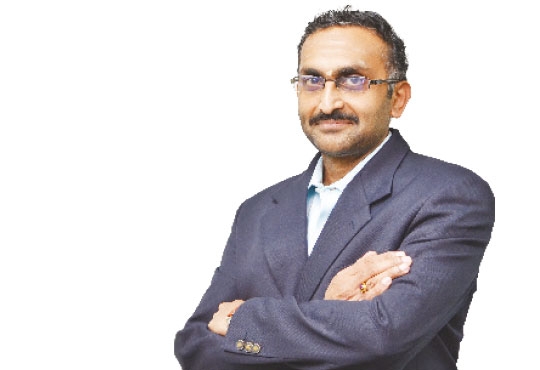
Metamorphosis of IT Service & Emergence of Cloud Clout
Subramanyam Gorti, Vice President & Head IT Operations, Broadcast Audience Research Council, India | Thursday, 05 October 2017, 13:17 IST
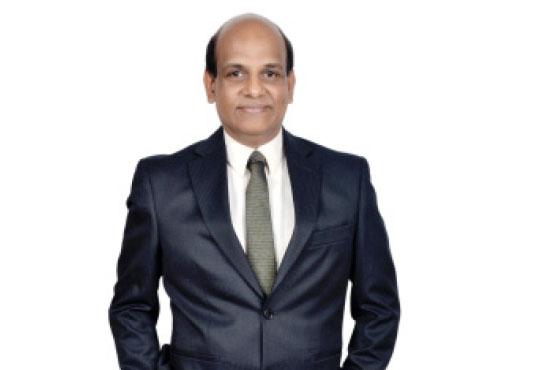 IT Service Providers are no longer confined to Managing Data Centre or Managed Services, Enterprise business teams and IT developers are increasingly procuring SaaS, IaaS & PaaS cloud services to overcome resource constraints, paving the way for a new norm of multi clouds. When these multi clouds enable the seamless functioning of businesses they become the Hybrid-Clouds. Hybrid cloud architectures consist of two or more distinct cloud and on-premises infrastructures that exchange and synchronize data flows and execute business processes to deliver seamless business functions. Cloud can optimise the infrastructure costs, scale the enterprise and secure the apps and data. Hybrid architectures are emerging as a key element of IT metamorphosis from traditional IT Infrastructure to Cloud way.
IT Service Providers are no longer confined to Managing Data Centre or Managed Services, Enterprise business teams and IT developers are increasingly procuring SaaS, IaaS & PaaS cloud services to overcome resource constraints, paving the way for a new norm of multi clouds. When these multi clouds enable the seamless functioning of businesses they become the Hybrid-Clouds. Hybrid cloud architectures consist of two or more distinct cloud and on-premises infrastructures that exchange and synchronize data flows and execute business processes to deliver seamless business functions. Cloud can optimise the infrastructure costs, scale the enterprise and secure the apps and data. Hybrid architectures are emerging as a key element of IT metamorphosis from traditional IT Infrastructure to Cloud way.
Gartner predicts that by 2020, 90 percent of organizations will adopt Hybrid Infrastructure Management capabilities. In 2016, traditional worldwide Data Center Outsourcing (DCO) and Infrastructure Utility Services (IUS) together represented 36.5 percent of the $1.65 billion total Data Center Services (DCS) market in India, consisting of DCO/IUS, hosting and cloud Infrastructure as a Service (IaaS). This is expected to tilt further toward cloud IaaS and hosting, and by 2021, DCO/IUS will be approximately 22 percent of the expected $3.8 billion DCS market in India. By 2021, the cloud IaaS market in India will exceed $2.1 billion in End User spending, which will be nearly three times that of traditional DCO in India. End User spending of traditional DCO in India will reach $693 million in 2021, and it will represent more than half the overall DCS spending of approximately $3.8 billion.
Gartner's (leading research and advisory company) interactions with End-User organizations in India reflect a strong willingness to consider alternate delivery models for infrastructure requirements. Users are keen to understand newer technologies such as integrated systems and hyper converged infrastructures, as well as cloud-based architectures. Cost savings, optimized time to production and simplified operations are the top drivers for the adoption of integrated systems. Within this, reduced design time, simplified procurement and improved time to delivery and simplified integration with existing technology are top considerations.
A bigger focus on Cloud, Mobility and Analytics has led to many organizations to rethink their Data Center strategies. Organizations in India are increasingly challenging the need to buy and maintain discrete Data Center components, and are also evaluating architectures that would provide the agility, flexibility and the scale desired for new application workloads. At the same time, users now have a greater choice and availability of newer technologies, such as hyper-converged infrastructures.
A further analysis of Gartner’s entire client interactions indicate that an average of 20 percent of organizations augmenting storage capacities in India are actively considering integrated systems.
Firms are steadily increasing their use of cloud technologies to address a wide range of their requirements. The particular needs and business conditions of each enterprise help define its optimal Hybrid solution which is more often than not a combo of Public Cloud, Private Cloud & Traditional IT Services. The identification of right mix of Cloud technology begins with deciding what to move to the Cloud and taking into account the challenges & risks out of migration.
A substantial part of new IT spending is on Cloud. According to IDC ( premier global provider of market intelligence), worldwide spending on Public Cloud services is expected to grow from USD 96.5 billion in 2016 to more than USD 195 billion in 2020. As per the study conducted by IBM for 2015 & 2017 with the projections for 2019 though Cloud adoption consolidates & further expands the industry foresees that almost 50 percent of workloads will continue to remain on-premise dedicated servers. This gives rise to the acceleration of Hybrid Cloud solutions.
The criteria to evaluate to go for the Cloud solutions are such as a) Which of the critical workloads should migrate to the cloud, and will deliver a positive impact on the bottom line and affect the ROI b) Potential Challenges in adopting Cloud solution & Risk mitigation plan in place
Enterprises will require guidance to help design and structure Hybrid clouds since there is no standard available for Hybrid Cloud architecture. Workload placement across distributed clouds is unique to each enterprise, and depends upon a range of factors, including the value/risk tied to Workloads, Lifecycle stages, Usage patterns, Application behaviour characteristics, Data criticality & Data sovereignty.
CIO Viewpoint
Hyper-Converged Infrastructure: The Next Big...
By Amit Jaokar, EVP - IT, Choice International
Embracing Technology: Need of the Hour in BFSI
By Nikhil Bandi, SVP & CIO, Vistaar Financial Services
Three Pronged Approach For Digitization In Life...
By Ekhlaque Bari, EVP & Head Technology - Max Life Insurance
CXO Insights
A Glimpse of A Changed AI Perspective in India
By Dr. Vijay Srinivas Agneeswaran, Senior Director of Technology, Sapient
Social Networking and the Enterprise
By Arindam Sen, SVP, Schneider Electric
Digital Transformation - Darwinism Or Dwarfism?


